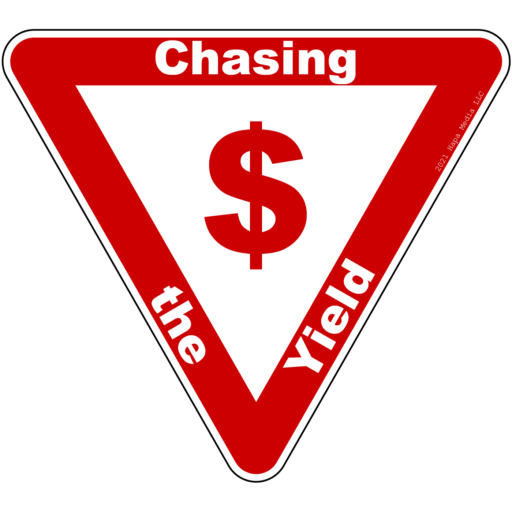Dividend investing is a strategy that involves purchasing stocks in companies that pay dividends and holding onto those stocks for the long term to generate passive income. The theory behind this strategy is that, over time, the dividends received from these stocks can provide a reliable stream of income and help to grow an investment portfolio.
One key benefit of dividend investing is that it allows investors to generate income without having to sell their stocks. This is particularly useful for those who are looking to build a long-term investment portfolio and want to avoid realizing capital gains, which can be subject to taxes. Additionally, dividends can serve as a sign of a company’s financial health, as they are typically paid out of a company’s profits. As such, investing in companies that pay dividends can be seen as a way to potentially identify financially stable and well-managed businesses.
Another key aspect of dividend investing theory is the idea of “compound interest.” This refers to the concept of earning interest on interest, which can help to significantly grow an investment over time. When an investor receives a dividend, they have the option to either reinvest those dividends back into the stock (a process known as “dividend reinvestment”), or to take the cash. By reinvesting dividends, an investor can potentially increase their ownership stake in a company and therefore, their potential future dividends. This process can compound over time, leading to significant growth in the value of an investment.
There are several factors to consider when it comes to dividend investing. One is the “dividend yield,” which is a measure of the annual dividend paid out by a company as a percentage of its stock price. A higher dividend yield may be seen as more attractive to some investors, as it suggests that the company is paying out a larger portion of its profits in the form of dividends. However, it is important to note that a high dividend yield can also be a red flag, as it may indicate that the company is struggling to grow its profits or that its stock price is declining.
Another factor to consider is the company’s “dividend payout ratio,” which is the percentage of its profits that it pays out in the form of dividends. A company with a high payout ratio may be seen as less financially stable, as it is using a larger portion of its profits to pay dividends and may have less flexibility to reinvest in the business or weather economic downturns. On the other hand, a company with a low payout ratio may have more room to grow its dividends in the future.
It is also important for investors to diversify their dividend-paying stocks to mitigate risk. This can involve investing in a range of industries and sectors, as well as in both domestic and international companies. Diversification can help to smooth out the ups and downs of the market and reduce the overall risk of an investment portfolio.
By following these principles, investors can potentially build a reliable stream of income and grow their investment portfolio through the power of compound interest.
